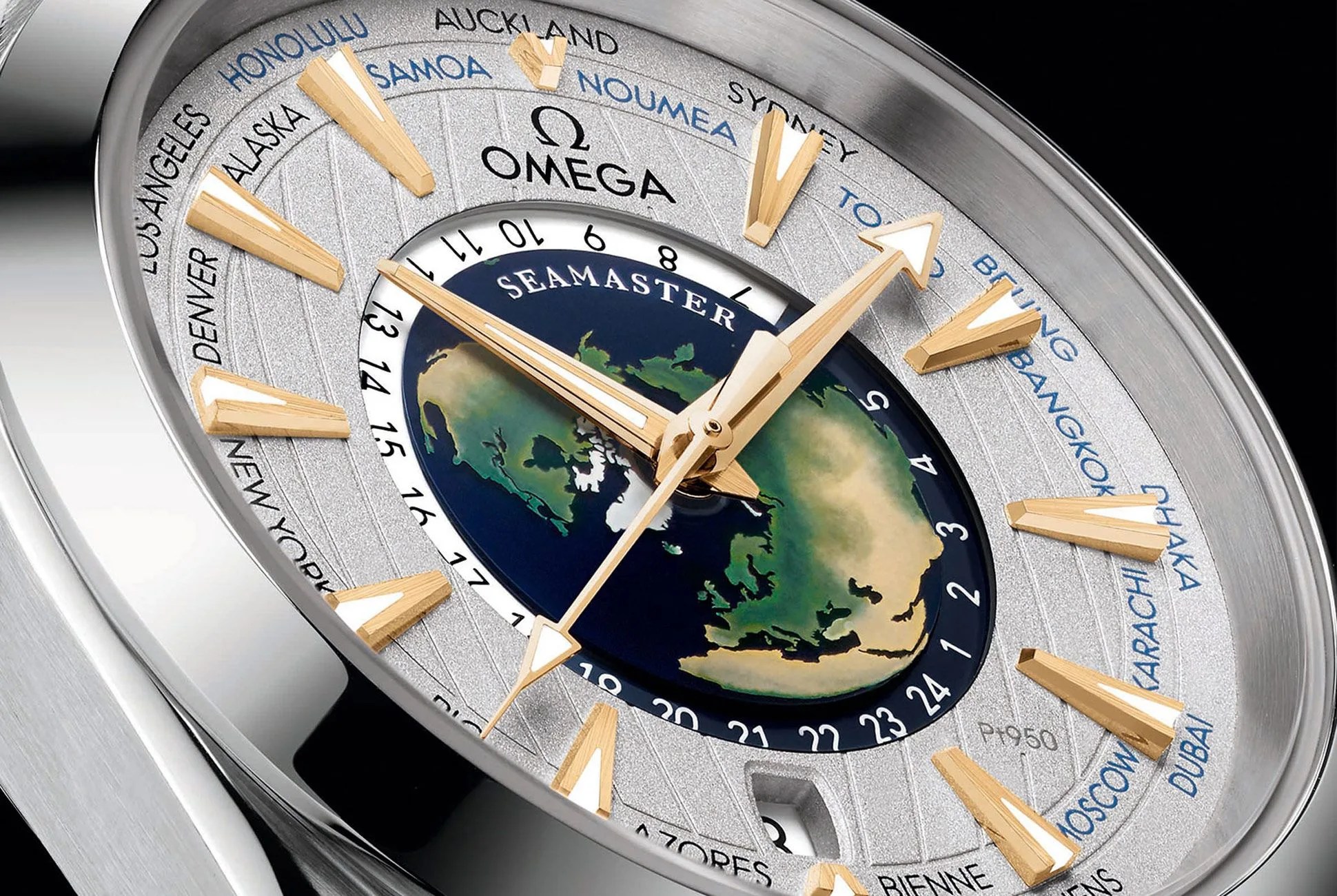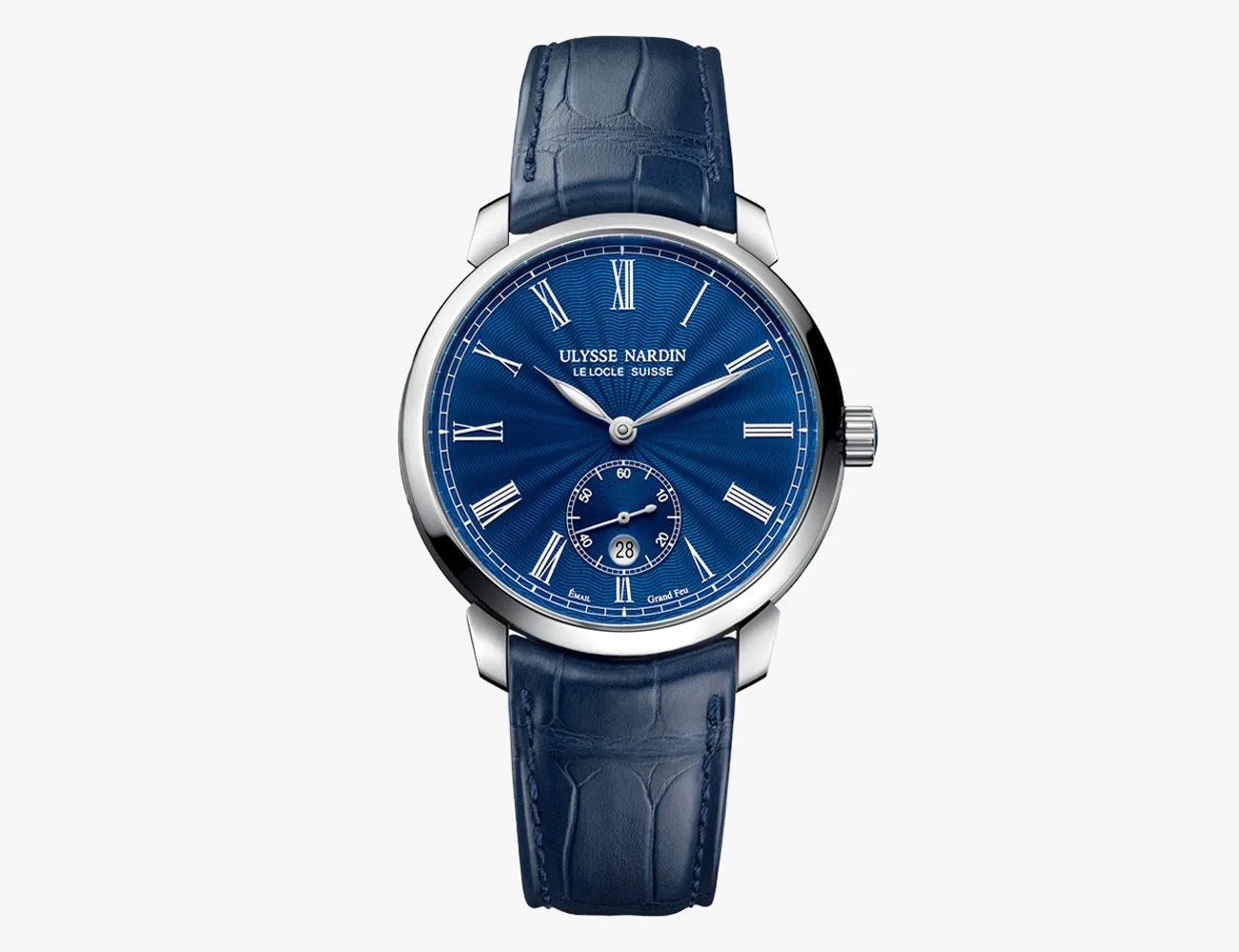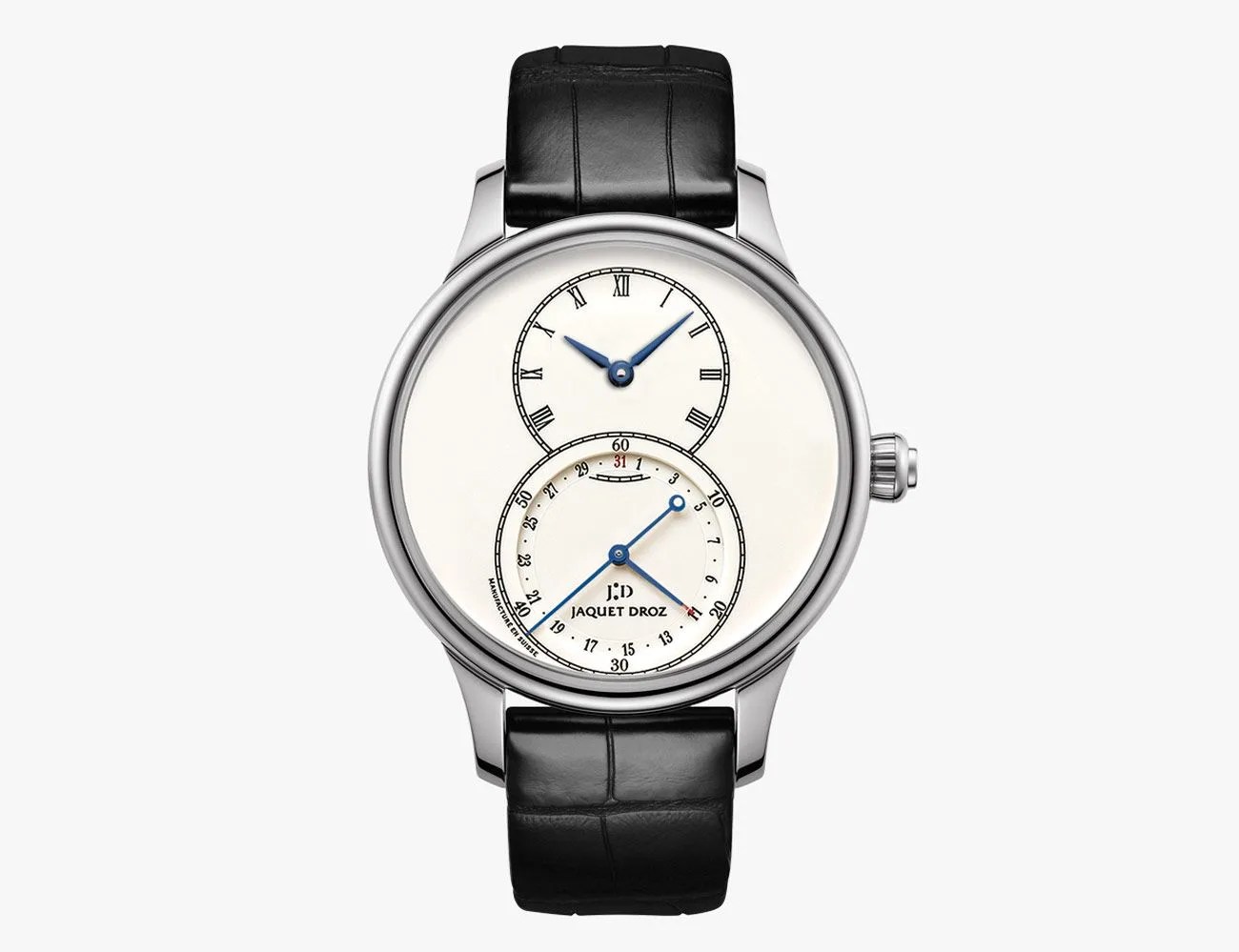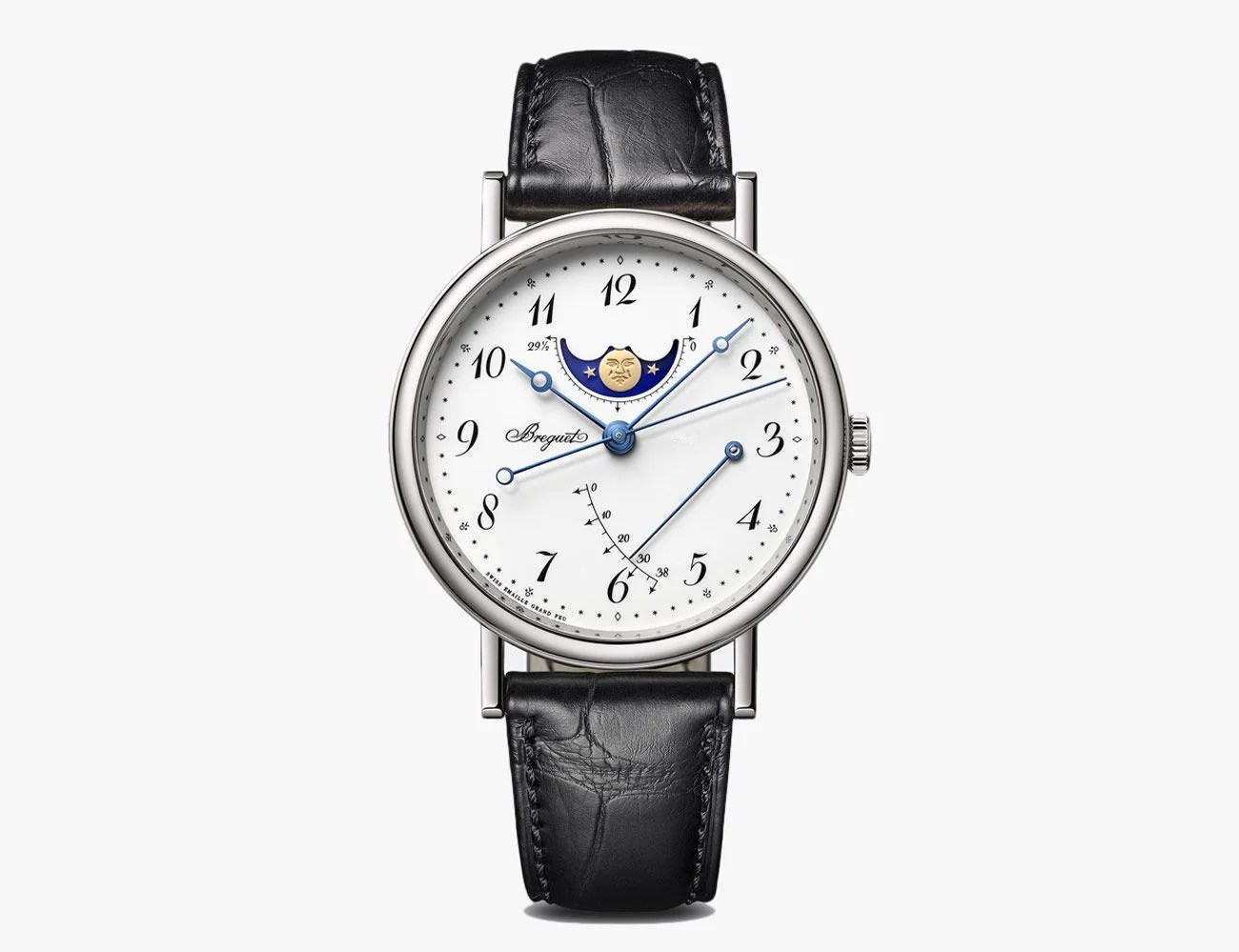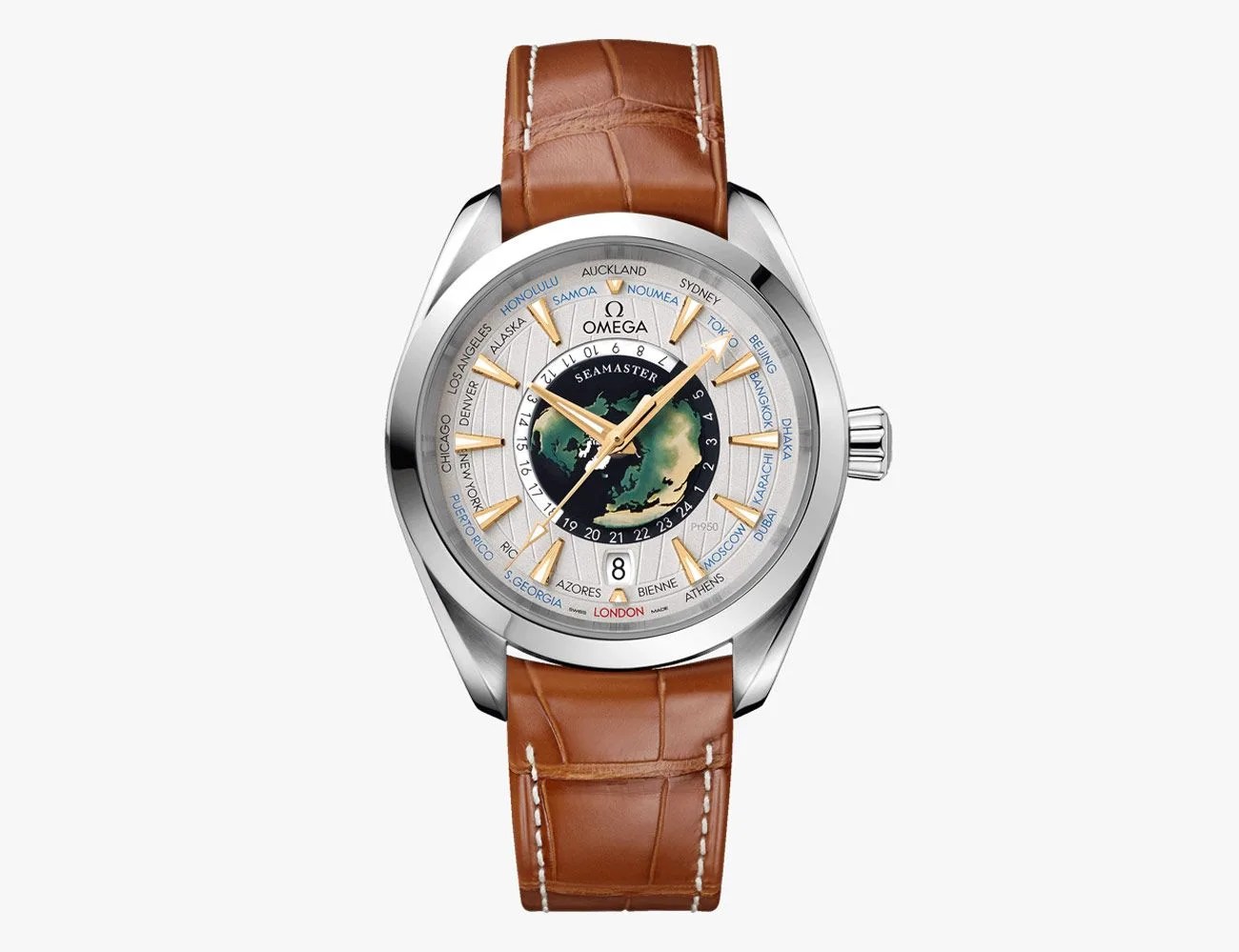Most watch dials start as a disc of raw metal. It doesn’t matter if your watch costs a few hundred dollars or a few thousand. That metal disc is then painted, machined and finished through a myriad of techniques that result in a dial that ranges from utterly forgettable to truly remarkable depending on who made it and how. Then there are a select few watches that forego that finishing and painting, opting instead for a coating of enamel. These enamel dial watches are all stunningly beautiful. They also almost all cost as much as a luxury car to acquire.
This is because enamel dials are, frankly, a pain in the ass to make. They’re created by fusing a soft glass made mostly from silica onto a metal substrate in a really hot oven. That’s the basic process anyways. There are more specific techniques. In grand feu enameling, for example, that process is repeated in layers. In cloisonné, enamel is painted metal inlays made out of wire (the wire is raised from the dial, thus creating the edges of the design). Champlevé is essentially the opposite of cloisonné, where the enamel is painted into engraved spaces in the metal. It can take days to complete one dial through cloisonné or champlevé.
Cloisonné and champlevé may produce incredibly intricate designs but even the seemingly simple grand feu dial is still incredibly tricky. Grand feu is far from a consistent art, and even things like changes in weather can result in fractured, bubbled or blemished dials that need to be scrapped and redone. In fact, it’s such a difficult process that even high-end watchmakers like Patek Phillipe who pride themselves on their in-house manufacturing rely on outside firms — like Donzé Cadrans — to make enamel dials for them. Donzé Cadrans’ director even told The New York Times that as much as 75 percent of its dials can’t be used due to defects.
So why go through all the trouble and expense? Well, many watchmakers don’t, often opting for a lacquered dial that imitates the look of enamel instead. But a true enamel watch simply gives off a radiant sheen and creamy texture that has to be experienced in person to appreciate. After all, the dial makes up so much of a watch’s personality that it’s worth going to extremes to produce something so eye-catching. That’s especially true in the world of ultra-high-end watches, where so much of the appeal lies in doing it just because you can.
Seiko Presage SPB047
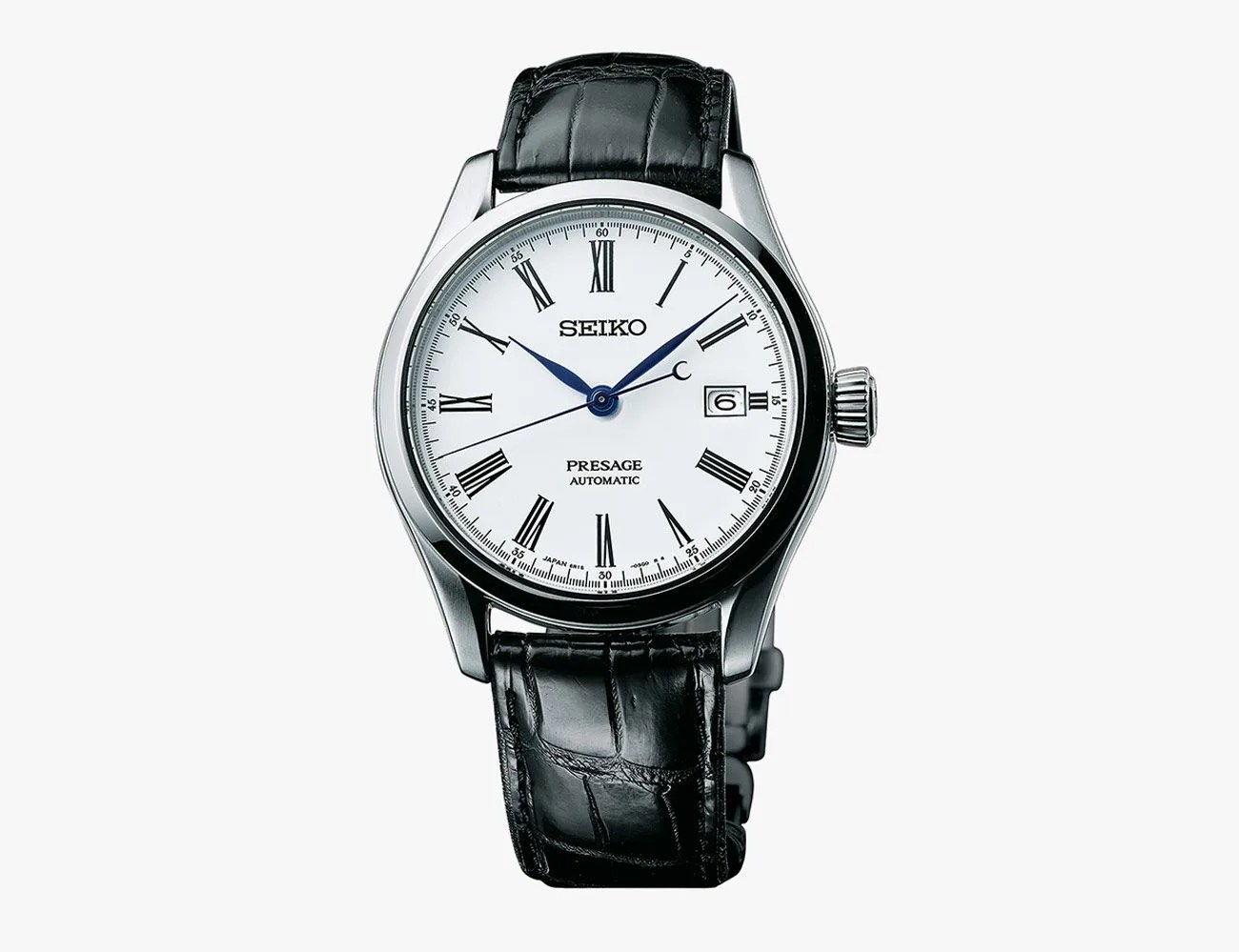
Seiko’s SPB047 is one of the few fully-enamel dial watches that doesn’t cost a small fortune to acquire. This new addition to Seiko’s growing Presage lineup comes with a dial produced by the brand’s own enamel expert who has been working with the material since the early 1970s. The dial is pre-shaped in iron, then an enamel glaze is applied then fired in a kiln. Roman numerals are then printed on to complete it.
